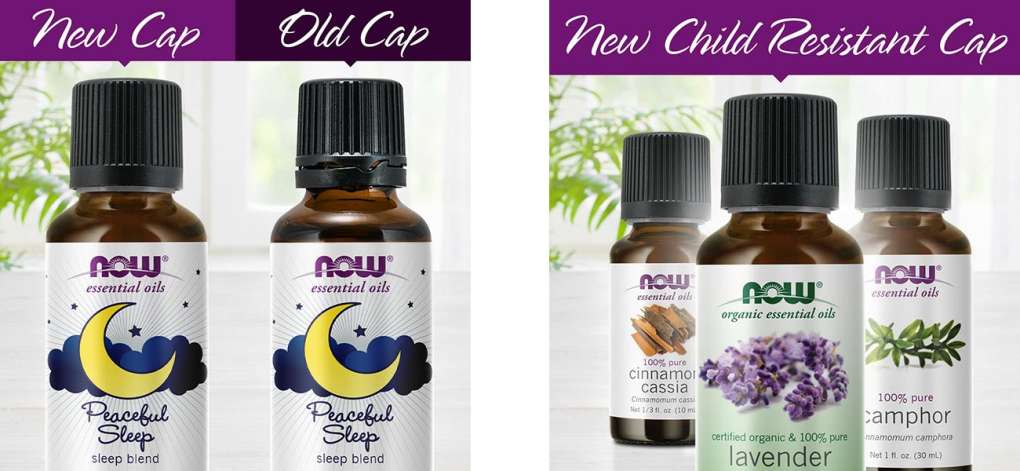Use coupon code CARDAMOM with your purchase of $40 or more for a free†
Cardamom OilFAQs Regarding Use of Essential Oils for Children

Are essential oils safe for use around and on children?
Just like adults, children can benefit from aromatherapy using high-quality essential oils in a diffuser or properly diluted topical application. However, caution should be used since essential oils are heavily concentrated. Children may have unknown allergies to certain essential oils, even essential oils that may be deemed generally safe for children of their age. That being said, you should always exercise caution when introducing children to essential oils. When in doubt, get it approved by a qualified healthcare professional or certified aromatherapist before use. Please consult a reputable essential oil book or other professional reference sources for suggested dilution ratios. Also, note that some essential oils can make the skin more sensitive to the sun and should not be used outdoors. These are known as phototoxic oils (e.g., bergamot, lemon, cold-pressed lime, and grapefruit). In addition, essential oils or essential oil-containing products should NEVER be applied on or near the face of a child.
As an added safety precaution, we’ve transitioned all our essential oils to Child Resistant Caps!

Can children ingest NOW® essential oils?
NOW® essential oils are intended solely for use as aromatic wellness or aromatherapy products and are not intended for internal use. Read more about essential oil label restrictions in our Food-Grade Essential Oil FAQs for more information. Take care to store the essential oils out of reach of small children, as essential oils smell good, and children may be tempted to ingest them. Babies and toddlers are very sensitive! They can easily be overwhelmed by essential oils. At this age, we don’t recommend using essential oils directly. “Indirect” usage is usually enough. This means that the baby benefits from the oils the mother applies to herself. Some suggested safe oils are cedarwood, lavender, and roman chamomile oils.
Is there a difference between topical application dilution and ratios for diffusing?
When using essential oils for children, it is important to consider that the dilution ratios for both diffusion and topical application should be lower than those for adults. This is because children are more sensitive to the effects of certain essential oils. To start, it is advisable to apply a properly diluted essential oil on an adult and allow the child to experience it through skin contact.
When using a diffuser, it is crucial to ensure that the room is well-ventilated. Begin by using the minimum number of essential oil drops and gradually increase the amount within the limits of the diffuser if there are no signs of allergies or adverse reactions in your child.
For topical applications, it is advised to create a suitable dilution in a carrier oil, usually ranging from 0.1% to 2%, taking into consideration the child's age, the specific essential oil being used, and other factors such as location and frequency of use. To ensure safe and appropriate dilution of the particular essential oil, it is preferred to consult a certified healthcare professional or professional health practitioner. Some essential oils may be harmful even at such low dilutions.

Essential Oil Safety For Kids Infographic
This graphic illustration will direct you to essential oils that are safe for your children and warn against essential oils that are deemed unsafe.
What oils do you recommend for use with children?
You should gradually introduce new oils deemed safe for children.
Children may have allergies to essential oils deemed generally safe for their age group. Here are some essential oils recommended by NOW that are generally safe for children without allergies or impaired immune systems to use in our diffusers:
What NOW® essential oils should I NOT use around my children?
The following essential oils are potentially convulsant for anyone who might be vulnerable to epileptic seizures: Western Red Cedar, Wormwood, Genipi, Hyssop (ct pinocamphone), Sage, Thuja, Pennyroyal, Buchu, Calamint, Tansy (Tanacetum vulgare), Mugwort, Lanyana, Ho Leaf (ct camphor), Boldo, Wintergreen, Birch, Rosemary, Yarrow, Spanish Lavender (Lavandula stoechas), Feverfew, and Spike Lavender (Lavandula latifolia). (Tisserand and Young p.134, table 10.2)
NOTE: NOW currently carries hyssop, sage, pennyroyal, a different species of blue tansy (Tanacetum annuum), wintergreen, rosemary, and spike lavender.
The following NOW® Essential Oils should NEVER be used around or on children of different age groups:
|
Sixteen Years and Under
Twelve Years and Under
|
Five Years and Under
|
Two Years and Under
|
Quick Reminders:
- Consult an essential oil book or aromatherapist/certified healthcare professional for suggested dilution ratios.
- We do not recommend the use of essential oils directly on the skin.
- Before using an essential oil on a child's skin, perform a patch test. Apply a small, diluted amount of the oil to a small area of their skin and observe for any adverse reactions, such as redness, irritation, or allergic response. If any negative reactions occur, discontinue use.
- Ensure diffusers are used in an open, well-ventilated area of the home. Consider diffusing intermittently 10–15 minutes, then stopping for an hour to ensure the room is well-ventilated.
- If diffusing an oil for the first time, carefully monitor your child for the first several minutes to see how they react to the scent. If they show any signs of discomfort, cease diffusion immediately and air out the area by opening windows and doors.
- Never leave a running diffuser and a child unattended; diffusion should only be done when you or another adult are present.
- Keep your essential oils in a secure place where children cannot reach the undiluted product.











